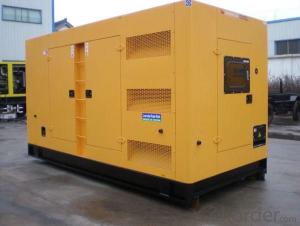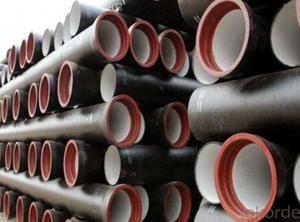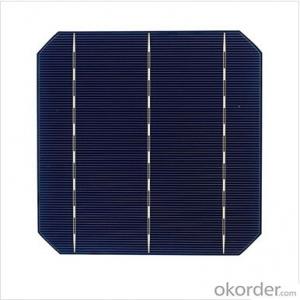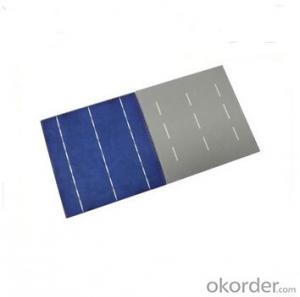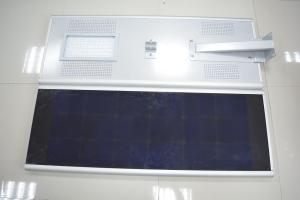List Of All Solar Cells
List Of All Solar Cells Related Searches
Shiny Or Dull Side Of Aluminum Foil For Cooking Inverter For 100w Solar Panel Solar Panel Inverter For Rv Pvc Tiles For Walls Wall Lights For Bedrooms Inverter Ac With Solar Panel Solar Panel With Inverter Kit Solar Panel Kits With Inverter Solar Panel With Inverter Direct Roving For PultrusionHot Searches
Steel Mesh Panels For Sale Price For Stainless Steel Scrap Scrap Price For Stainless Steel Cheap High Tea Sets For Sale Stainless Steel Tanks For Sale High Density Fiberboard For Sale Solar Hot Water Collectors For Sale Scaffolding For Sale In Uae Scaffolding For Sale In Ireland Scaffolding For Sale In Houston Type Of Inverter For Solar Price Of Shipping Containers For Sale Types Of Inverter For Solar Stock Price For Aluminum Used Solar Inverter For Sale Portable Led Signs For Sale Stone Hot Water Bottles For Sale Large Led Screens For Sale Used Aluminum Scaffolding For Sale Steel Mesh Panels For SaleList Of All Solar Cells Supplier & Manufacturer from China
Okorder.com is a professional List Of All Solar Cells supplier & manufacturer, offers integrated one-stop services including real-time quoting and online cargo tracking. We are funded by CNBM Group, a Fortune 500 enterprise and the largest List Of All Solar Cells firm in China.Hot Products
FAQ
- Yes, solar cells can be used for powering remote research stations in Antarctica. They provide a reliable and sustainable source of energy in a region where sunlight is available for a significant portion of the year. Solar panels can be installed to capture sunlight and convert it into electricity, allowing for the operation of essential equipment and facilities in these remote locations without relying on traditional fossil fuel-based generators.
- Solar cells perform less efficiently in high-pollution areas due to the reduced amount of sunlight reaching the cells. The presence of pollutants in the air, such as smog or dust, can block and scatter sunlight, thereby decreasing the overall energy output of the solar cells. Regular cleaning and maintenance of the panels can help mitigate the impact of pollution on their performance.
- The working principle of solar cells includes the three processes
- The opposite of the electrical symbol of the photogenerated carriers in the solar cell pn junction built under the action of the electric field, the electron-hole pairs are separated, the electrons are concentrated on one side, the holes are concentrated on the other side, and the opposite sex charges are generated on both sides of the pn junction Of the accumulation, resulting in photogenerated electromotive force, that is, photovoltaic voltage.
- Yes, solar cells can be integrated into electric vehicle charging stations. By harnessing solar energy, these charging stations can reduce reliance on the electrical grid and provide clean, renewable power for charging electric vehicles. This integration promotes sustainability and helps to reduce carbon emissions associated with transportation.
- Solar cells play a crucial role in powering remote surveillance systems by converting sunlight into electrical energy. This renewable energy source provides a reliable and sustainable power supply, eliminating the need for traditional electricity sources or frequent battery replacements. With solar cells, remote surveillance systems can operate autonomously and continuously, ensuring constant monitoring and security in remote areas without access to grid power.
- Yes, solar cells can be used to power emergency lighting systems. Solar cells convert sunlight into electricity, which can be stored in batteries for later use. In the event of a power outage, these solar-powered batteries can provide a reliable source of energy to power emergency lighting systems, ensuring safety and visibility during emergencies.
- Solar cells are connected to the electrical grid through the use of inverters, which convert the direct current (DC) produced by the solar panels into alternating current (AC) that can be used by homes and businesses. This AC power is then fed into the electrical grid, allowing for the distribution of solar energy to other users and ensuring a reliable supply of electricity.
- Are bulk solar cells better than the normal solar cells?
- Bulk solar cells are considered to be more powerful and functional based on the large amount usage of the solar cells.

















